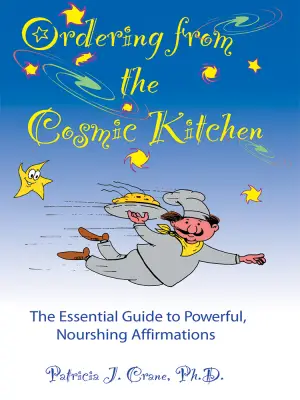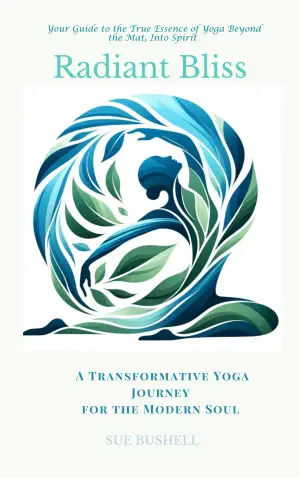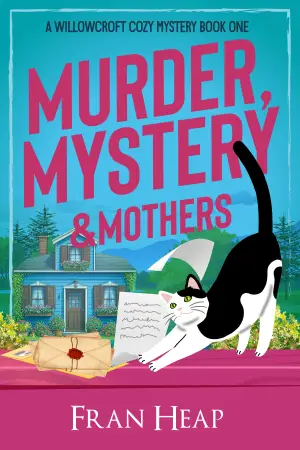A Journey Through The Möbius Book: Finding Closure in a World of Endless Middle
When I first heard about The Möbius Book by Catherine Lacey, I was instantly intrigued. The notion of a hybrid narrative—blending memoir and fiction in a tête-bêche format—seemed daring and fresh. As I leafed through its pages, I was reminded of a conversation I had recently with a dear friend, Avery, at MoMA. We were both grappling with our writing, the elusive endings we sought just beyond our grasp, echoing Lacey’s exploration of narratives that loop, twist, and sometimes refuse to land.
Lacey’s work deftly intertwines two stories that invite readers to choose their own starting point. I opted for the memoir first, preferring its raw, confessional tone. Lacey opens with vivid imagery that captures the disorienting nature of grief: “I woke in the guest room, the attic, a guest in my own home.” This line hit home for me, reflecting our shared struggle of feeling like intruders in our own lives as we navigate loss and change.
The memoir delves into Lacey’s breakup with author Jesse Ball, whose presence looms large as "The Reason" behind her introspection. Their relationship—a swirling mix of affection, manipulation, and emotional dependence—sheds light on how one person’s perception can reshape another’s identity. Lacey paints herself as both passive and reflective, navigating the confusing terrain of love’s aftermath. The subtext of a woman rediscovering her agency resonates strongly, especially in passages where she contemplates the foundations of her faith and identity. Yet I found myself wrestling with her connection between the end of this relationship and her loss of Christian belief. The attempt felt somewhat tenuous, leaving me craving deeper insight.
Switching gears to the fictional narrative, Lacey spins a tale set during a Christmas filled with longing and unresolved tensions. Marie, grappling with her own lost love, faces her old friend Edie on the brink of fresh heartbreak. The chaotic pool of liquid seeping under a neighbor’s door layered the story with a sense of mystery that kept me turning pages. Lacey’s ability to balance the ordinary with the surreal shines here; however, the pacing felt uneven, drifting between captivating and meandering.
There are notable moments throughout both narratives that linger in my mind. One such line, which Lacey quotes about her past relationship, resonates: "I love being sad, and in fact, it is a weakness of mine to allow myself to be sad for too long." It encapsulates a universal struggle—the push and pull of embracing our emotions while searching for resolution. However, despite these insights, I felt the two narratives never truly converged as a Möbius strip might suggest. Instead, each story felt distinct, almost as if they were parallel tracks rather than one cohesive loop.
In reflecting on this reading experience, I believe The Möbius Book will resonate with readers interested in exploring the complexities of relationships, identity, and the narratives we construct around our lives. It’s a worthwhile read for anyone who finds themselves in the tangled web of emotional storytelling—just don’t expect neat conclusions. As for me, I walked away with a heightened awareness of my own narrative detours, reminding me that sometimes, we’re all simply searching for form amid the formlessness.
Although I approached this book with high expectations, I ultimately found it a fascinating, albeit imperfect, exploration of the myriad ways we try to understand our lives. I’ll be curious to see how others respond to this dual narrative; perhaps it will connect the dots for them in ways it didn’t for me.














